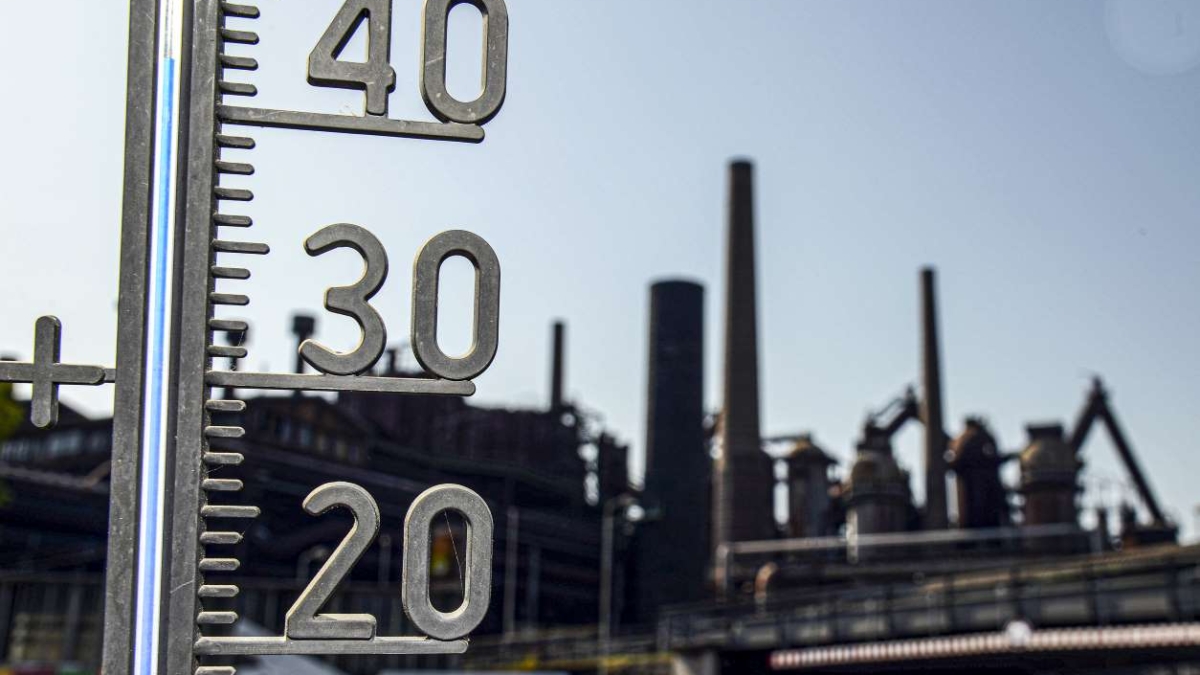California snowpack lowest in decade despite hope with December 2023 storms – “In some places there is literally no measurable snow on the ground at all”

By Gabrielle Canon
4 January 2024
(The Guardian) – In the first snow survey of the season, California came up short – just 25% of the historical average – despite a spate of strong storms that caused flooding and landslides along the coast in late December.
On Tuesday, officials measured a depth of just 7.5in at a monitoring station in the Sierra Nevada mountain range east of Sacramento, where brown patches of vegetation could be seen poking through the shallow snow. Statewide, the amount is the lowest logged for this time of year in the last decade.
This year’s survey stands in sharp contrast to last year’s, when a parade of storms caused by “atmospheric rivers” coincided with cold weather, producing one of the largest snowpacks in history. For 2023’s first survey the banks stood at 55.5in, roughly 177% of average.
Most of California’s precipitation falls between December and March with peak snow amounts accumulated by 1 April, so there’s still time for the state to catch up. “We often get slow starts to our water year,” said the state climatologist, Michael Anderson, who added that the next measurement, scheduled tentatively for 1 February, will paint a clearer picture of how the year will play out.
Storms are indeed already in the forecast for the coming weeks. But even if this winter grows wetter, it’s also expected to be warmer. That’s not great news for the snowpack, or California’s water managers, who are already navigating more severe swings between wet and dry.

California’s climate has long produced boom-and-bust cycles when it comes to water, but the climate crisis is turning up the heat and increasing volatility. Policies and infrastructure have struggled to keep up with changes exacerbated by the thirsty state’s overuse. Reservoir levels are now robust, but heavy rains without snow could cause destructive flooding in the short term with less water to go around during the hot, dry months to come.
Snow is incredibly important to California’s water supply, acting as a kind of water savings account by slowly flowing into streams, soils and reservoirs in the drier seasons. The snowpack in the Sierra provides, on average, roughly 30% of California’s water supply, but that could change in the coming decades as snow becomes more scarce.
“Our snow season is shortening,” said Andrew Schwartz, the lead scientist of the UC Berkeley snow lab, a field research station in the Sierra Nevada. Snow used to be common in October and May, buffer months at the edges of autumn and spring that are now producing mostly rainfall, he said. Even in the middle of winter, warm rainstorms are increasingly creeping in and eating through snowbanks. …
Calling the current snowpack levels “absolutely abysmal” during an online discussion about the survey broadcast on Tuesday, he warned that California may be in for a “snow drought” this year even with more storms in the forecast.
“In some places there is literally no measurable snow on the ground at all,” he said, noting that these are record-low numbers for January. “Even if we end up seeing wetter storm cycles later this winter, which I still think is likely, that doesn’t necessarily mean we are going to catch up to the average snowpack.” [more]
California snowpack lowest in decade despite hope with December storms


